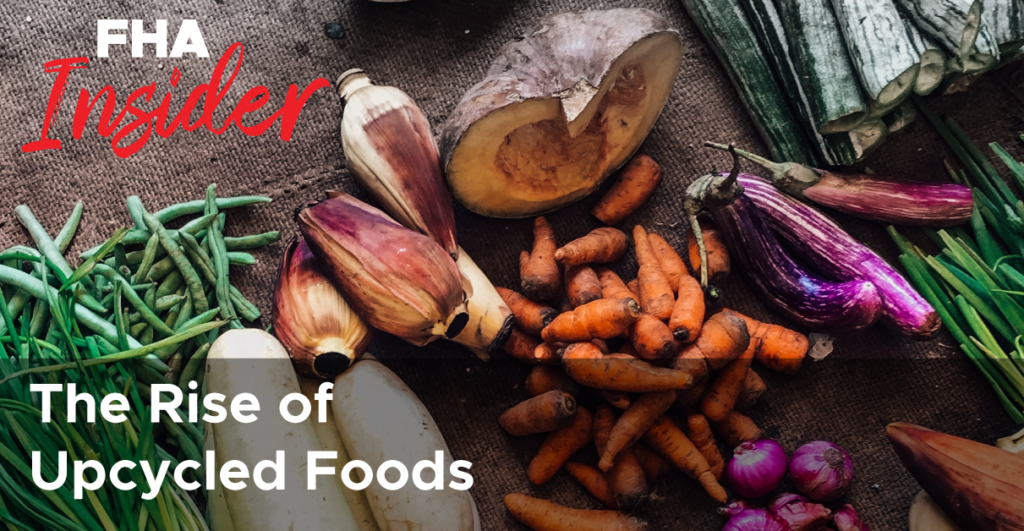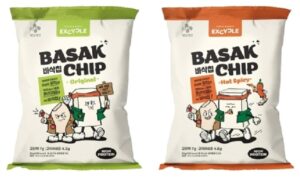
The Upcycling Movement
A staggering 1 billion tonnes of food is waste each year and one-third of all food produced globally is lost or wasted, according to United Nations Environment Programme’s Food Waste Index Report 2021. In a previous article, we wrote about the mounting food waste problem and the main sources of food waste.
To combat food waste, upcycling has been a growing movement in recent years. The global market size for upcycled food products was valued at $53.7 billion in 2021, and is projected to reach $97 billion by 2031, according to Allied Market Research. The upcycled food market includes a wide range of products including snacks, bakery products, beverages, condiments, and pet food. Bakery and snacks accounted for a major share in upcycled food markets, driven by with the growing demand for healthy and convenient snacks
What are upcycled foods?
Experts define upcycled foods as those that “use ingredients that otherwise would not have gone to human consumption, are procured and produced using verifiable supply chains and have a positive impact on the environment”, according to the Upcycled Food Association.
Upcycled food products can come from three sources – food waste, agricultural by-products, brewery and distillery waste. Food waste accounted for the majority of upcycled food products m market share in 2021.
Leading food manufacturers as well as start-ups have ventured into the upcycled foods market.
Dole, the world’s largest fruit and vegetable producer, upcycled 80% of “ugly” fruit that would otherwise be discarded in its Thailand farms. Some of its upcycling initiatives include turning banana leaves into packaging, developing snacks from unaesthetic vegetables and processing half-rotten produce in its biogas facilities.

One of the biggest food manufacturer in South Korea, CJ CheilJedang, launched ‘Excycle Basak Chips’, made from by-products generated during the food-manufacturing process that would have been discarded such as ugly rice and bean curds from their other product lines.
CaPao, a snack brand created by Mondelēz International’s SnackFutures innovation and venture hub, uses upcycled cacaofruit. Cacaofruit is the pod used to make chocolate. Typically, the remaining fruit is thrown away once the cocoa beans are extracted. It is also one of the first products to be certified by Upcycled Food Association’s Upcycled Certified Program.

Locally, there are a handful of start-ups turning surplus or imperfect produce into upcycled food products. CRUST Group uses surplus bread and fruit peels in their craft beers and fruit sparkling waters. Confetti Snacks uses ugly or imperfect veggies turning them into upcycled snacks. Protein and fibre extracted from spent barley grains, a by-product of beer and malt production are the base of a noodle product from Kosmode Health.
Challenges in using upcycled ingredients
Product development using upcycled food ingredients presents a different set of challenges from those using traditional ingredients, according to the Institute of Food Technologists. Firstly, the quality and consistency of ingredients can vary, depending on the source of food waste and how they are being processed. Secondly, formulation and processing of final product using upcycled ingredients have to be optimised to ensure that the final product meets the desired quality and functionality. Thirdly, upcycled foods may taste and feel differently, making them less appealing to consumers.
Food technologists say these challenges can be addressed by using technology to identify various food waste types and separate them accordingly. To optimise the sensory properties of upcycled food products, food scientists can improve the texture of the product by techniques to controlling the particle size of ingredients.
Consumer acceptance
The success of upcycled food products ultimately depends on consumer acceptance, which takes into consideration taste, texture, appearance, and perceived health benefits. It’s common for consumers to be wary of and even reject new foods, especially novel products or those made with unconventional methods.
Food labels, certifications, ingredient lists also influence consumer acceptance. For example, the coffee sector has many certification programmes and a majority of consumers trust the Fair Trade Certified label, which is likely to influence purchasing decisions.
The Upcycled Certified Program is the world’s first third party certification program to highlight upcycled ingredients and products procured and produced with surplus food or food by-products from verifiable supply chains and have a positive impact on the environment. Such certifications can lead to greater trust and acceptance in upcycled food products among consumers.
Food waste is a mounting problem that requires urgent solutions. Upcycled foods provide a promising solution by tackling the problem close to the source of food waste. As consumers become more environmentally conscious, the upcycled food market is one with huge potential.
Do you have sustainably produced products to showcase?
FHA – Food and Beverage returns next year on 23-26 April 2024 at Singapore Expo. With a line-up of leading global suppliers, industry professionals can anticipate the most extensive showcase of trending F&B and hospitality products and solutions, cutting-edge technologies for food & drinks manufacturing, and more at the mega event. Contact us to get involved.











